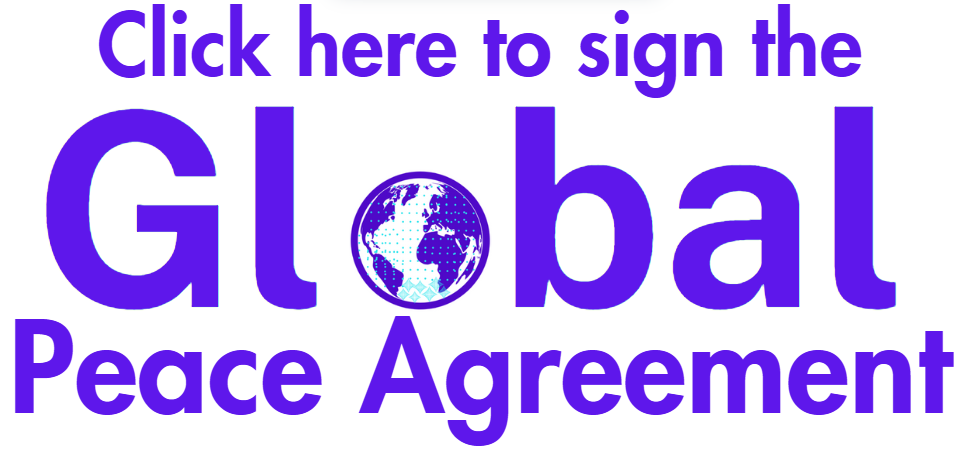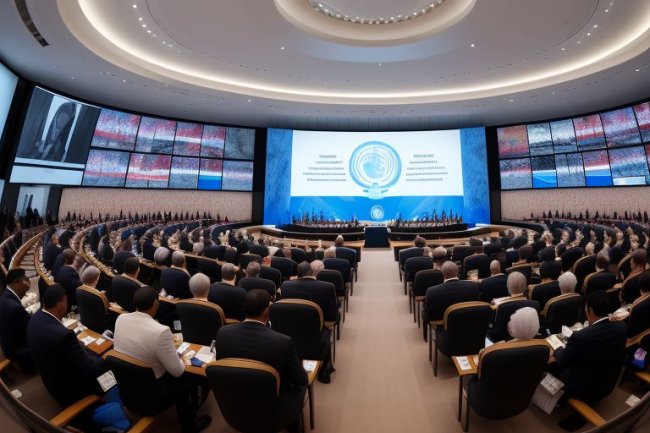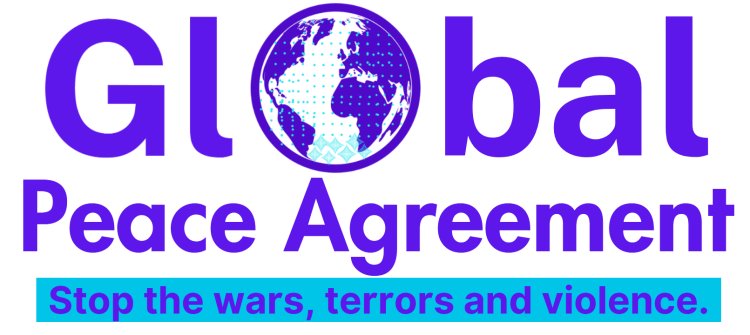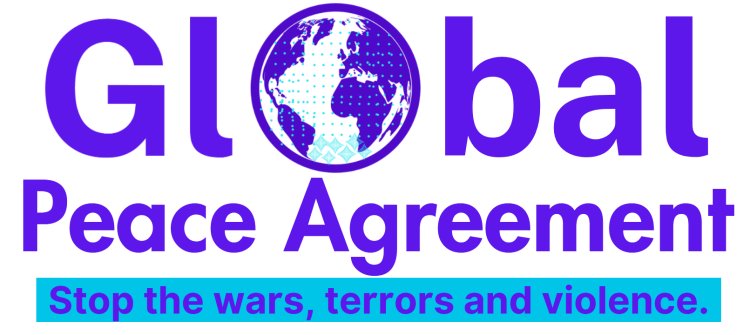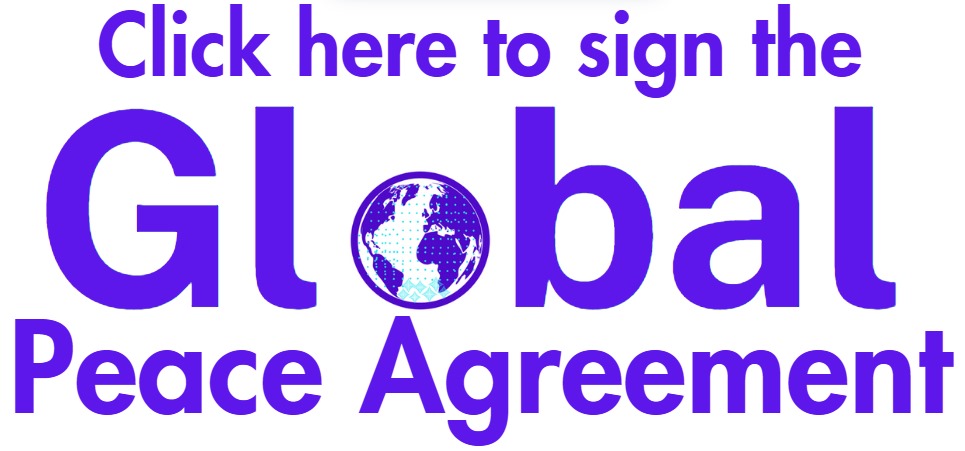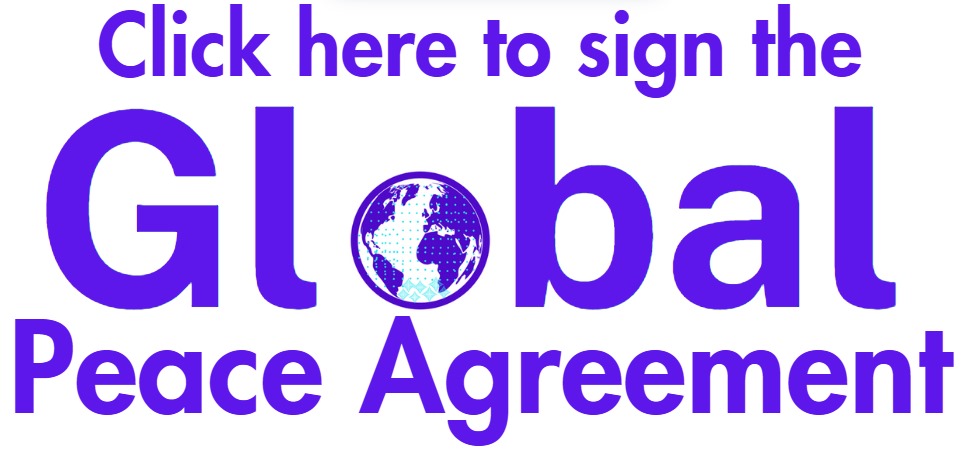The Proliferation Of Asymmetric Warfare And Non-State Actors
Traditional warfare ideas are tested in today's quickly changing global environment by the development of asymmetric warfare and the rise of non-state actors.

Asymmetric warfare refers to conflicts in which the belligerents have significantly different military capabilities and strategies while non-state actors operate independently of recognized state authorities.
A significant power imbalance between the opposing forces characterizes asymmetric warfare. While one side may possess conventional military capabilities, the other often employs unconventional tactics, strategies, and weaponry. This asymmetry can take various forms, including guerrilla warfare, insurgencies, terrorism, and cyber warfare. Non-state actors, such as rebel groups, terrorist organizations, and criminal networks, often engage in asymmetric warfare as they lack state actors' resources and conventional military strength.
Several factors have facilitated the rise of non-state actors. Globalization has interconnected societies and facilitated the flow of ideas, resources, and technology across borders, enabling non-state actors to operate on a transnational scale. Technological advancements, particularly in communication and transportation, have enhanced the ability of these actors to coordinate and execute their operations. Additionally, the breakdown of traditional state structures in some regions has created power vacuums that non-state actors exploit to gain influence and control.
One significant aspect of non-state actors is their ability to exploit power asymmetry and employ unconventional tactics. Their agility, adaptability, and ability to blend into local populations make them difficult to identify and counter. Moreover, non-state actors can leverage modern communication technologies to spread their message, recruit supporters, and coordinate attacks, posing unique challenges to state actors.
The proliferation of asymmetric warfare and the rise of non-state actors have significant implications for global security. Traditional state-centric approaches to warfare, which emphasize conventional military forces, may be ill-suited to counter the threats posed by non-state actors. These actors often operate in complex environments characterized by civilian populations, urban settings, and decentralized networks, making it challenging for conventional militaries to target them effectively without causing significant collateral damage.
Furthermore, the motivations and objectives of non-state actors differ from those of traditional state actors. While states may engage in warfare to protect their national interests or pursue political goals, non-state actors often have ideological, religious, or extremist agendas. This ideological dimension adds another layer of complexity to the conflict, making it difficult to address through conventional military means alone.
Addressing the challenges of asymmetric warfare and non-state actors requires a multifaceted approach. Intelligence and information-sharing among states are crucial for understanding non-state actors' networks, capabilities, and intentions. Collaboration and coordination between military forces, intelligence agencies, law enforcement agencies, and international organizations are necessary to effectively disrupt the activities of non-state actors and prevent their proliferation.
Counterinsurgency strategies that focus on winning the hearts and minds of local populations can also play a significant role in countering non-state actors. By addressing the underlying grievances and socio-economic factors that contribute to the rise of these actors, states can undermine their support base and diminish their appeal to marginalized communities.
Moreover, efforts to combat asymmetric warfare and non-state actors must also address the root causes that give rise to these conflicts. Socio-political instability, economic disparities, and social exclusion can create fertile ground for the emergence of non-state actors. Investing in long-term development, good governance, and conflict resolution mechanisms can help address these root causes and reduce the likelihood of violent conflicts.
The proliferation of asymmetric warfare and the rise of non-state actors present significant challenges to global security. Their ability to exploit power imbalances, employ unconventional tactics and operate independently of recognized state authorities requires a reevaluation of traditional approaches to warfare. Addressing these challenges necessitates international cooperation, intelligence-sharing, counterinsurgency strategies, and efforts to address the root causes of conflicts. By understanding and adapting to the changing nature of warfare, states can better navigate the complexities posed by asymmetric warfare and non-state actors, ultimately contributing to a more stable and secure world.
The Impact Of Technological Advancements On Warfare And Civilian Casualties
Throughout history, technological developments have had a significant influence on warfare. New technologies have influenced how wars are waged, from the creation of nuclear weapons to the discovery of gunpowder.
Rapid advancements in various fields, such as information technology, robotics, and precision weaponry, have revolutionized warfare in recent decades. While these advancements offer potential benefits regarding military effectiveness and operational capabilities, they raise ethical concerns, particularly regarding civilian casualties.
The Evolution of Warfare
Throughout history, warfare has been shaped by advancements in technology. From primitive tools like swords and spears to the development of firearms, each new technological innovation has significantly impacted how wars are fought. These advancements have altered the dynamics of conflict, from the tactics and strategies employed on the battlefield to the overall conduct and scale of warfare.
In ancient times, battles were fought primarily through close-quarters combat using handheld weapons. The introduction of bronze and iron weapons revolutionized warfare, enabling armies to inflict greater damage and engage in more prolonged conflicts. The development of siege engines, such as battering rams and catapults, allowed for the assault and defense of fortified positions, leading to the rise of walled cities and fortifications as key strategic assets.
The Middle Ages saw the invention of gunpowder, a major turning point in warfare development.
Battle tactics were changed with the introduction of firearms, such as cannons and muskets. They provided armies with increased firepower and range, leading to changes in tactics, formations, and defensive strategies. This era saw the decline of heavily armored knights and the rise of professional standing armies.
The 18th and 19th centuries Industrial Revolution saw a fresh wave of technical developments that significantly altered warfare.
The invention of steam power and railways revolutionized logistics and transportation, enabling armies to mobilize and deploy more rapidly. The development of rifled muskets, artillery, and warships, coupled with the widespread use of mass production techniques, led to larger and more destructive conflicts, such as the American Civil War and World War I.
The 20th century witnessed unprecedented advancements in warfare technology, particularly during the two World Wars. The introduction of tanks, aircraft, chemical weapons, and submarines reshaped the battlefield and brought new dimensions to warfare. These technological innovations allowed for rapid maneuverability, long-range bombardment, and the ability to inflict mass destruction on a scale never seen before.
Technological change has accelerated even further in recent decades with the rise of information technology and the digital age. The development of computers, satellites, communication networks, and unscrewed aerial vehicles (UAVs) has ushered in a new era of warfare. Information technology has enabled real-time communication, surveillance, and intelligence gathering, providing military forces with enhanced situational awareness and decision-making capabilities.
The increased use of drones and unmanned systems has also transformed how wars are conducted. These technologies allow for remote operations, reducing the risk to military personnel and enabling precision strikes on targets. However, they also raise ethical concerns, particularly regarding civilian casualties and the potential for indiscriminate use.
Emerging technologies like robots, artificial intelligence, cyber warfare, and autonomous weapon systems will probably have a big impact on how war is fought in the future. Emerging technologies like robots, artificial intelligence, cyber warfare, and autonomous weapon systems will probably have a big impact on how war is fought in the future.
These advancements present new opportunities for military effectiveness but also pose complex ethical dilemmas. Questions about the appropriate use of emerging technologies, the role of human judgment in decision-making, and the accountability for actions in warfare continue to challenge policymakers, military strategists, and ethicists.
Information Technology and Cyber Warfare
One of the most significant advancements in recent times is the rise of information technology and its impact on warfare. The interconnectedness of modern societies and reliance on digital infrastructure have made cyber warfare a potent tool. State and non-state actors can launch cyber-attacks to disrupt critical systems, infiltrate databases, and wage covert operations. The consequences of cyber warfare extend beyond traditional battlefields, potentially impacting civilian infrastructure and disrupting essential services.
Precision Guided Munitions
Precision-guided munitions, such as guided missiles and smart bombs, have revolutionized warfare by allowing precise targeting of military objectives. These weapons are designed to minimize collateral damage and civilian casualties by accurately hitting intended targets. However, challenges remain in ensuring the accuracy of targeting information and verifying the presence of civilians in the vicinity of the target. Mistakes or deliberate misuse of these weapons can still result in unintended harm to civilians and infrastructure.
Challenges in Mitigating Civilian Casualties
Despite the potential benefits of technological advancements, the ethical challenges in minimizing civilian casualties persist. Several factors contribute to these challenges:
1. Lack of Precision and Intelligence: While precision-guided weapons have improved accuracy, challenges remain in gathering accurate intelligence about the presence of civilians in conflict zones. The fog of war, misinformation, and deliberate concealment by adversaries make it difficult to ensure the safety of non-combatants.
2. Blurred Lines of Conflict: Modern warfare often involves asymmetric conflicts where non-state actors operate within civilian populations. Distinguishing combatants from non-combatants becomes challenging as non-state actors blend in with local communities, using them as shields or leveraging their support. This blurring of lines increases the risk of civilian casualties.
3. Rapid Technological Advancements: The rapid pace of technological advancements outpaces the development of legal and ethical frameworks to govern their use. This creates a gap in accountability and raises concerns about the appropriate use of emerging technologies in warfare.
4. Psychological Impacts and Post-Traumatic Stress: Technological advancements have introduced new psychological challenges for soldiers. Remote warfare, where operators engage in combat from a distance, can lead to detachment and dehumanization, potentially increasing the risk of indiscriminate actions and civilian harm.
Mitigating Civilian Casualties
Mitigating civilian casualties in modern warfare requires a comprehensive and multifaceted approach. Some key considerations include:
1. Adherence to International Humanitarian Law: States must abide by international humanitarian law, including the principles of distinction, proportionality, and precautions in attack. These principles ensure that military actions are directed at legitimate targets, the use of force is proportionate to the military objective, and all feasible precautions are taken to minimize harm to civilians.
2. Enhanced Intelligence and Surveillance: Improvements in intelligence gathering and surveillance technologies can help identify combatants and distinguish them from non-combatants. Advanced sensors, satellite imagery, and real-time information sharing can assist in minimizing civilian harm.
3. Ethical Use of Autonomous Weapons: The development and use of autonomous weapons systems must adhere to strict ethical guidelines. Ensuring human oversight, accountability, and clear rules of engagement are essential to prevent unintended harm to civilians.
4. Humanitarian Aid and Reconstruction: Supporting post-conflict humanitarian efforts and reconstruction initiatives can help mitigate the impact of warfare on civilian populations. Providing essential services, medical assistance, and psychological support can aid in rebuilding communities and facilitating long-term recovery.
Technological advancements have transformed the nature of warfare, offering new capabilities and challenges. While these advancements can potentially enhance military effectiveness, they raise ethical concerns regarding civilian casualties. Striking a balance between military objectives and the protection of non-combatants requires a comprehensive approach that includes adherence to international humanitarian law, enhanced intelligence capabilities, ethical use of autonomous weapons, and post-conflict support. Addressing these challenges and promoting responsible use of technology in warfare can mitigate the impact on civilian populations and foster a more ethical approach to modern conflict.

